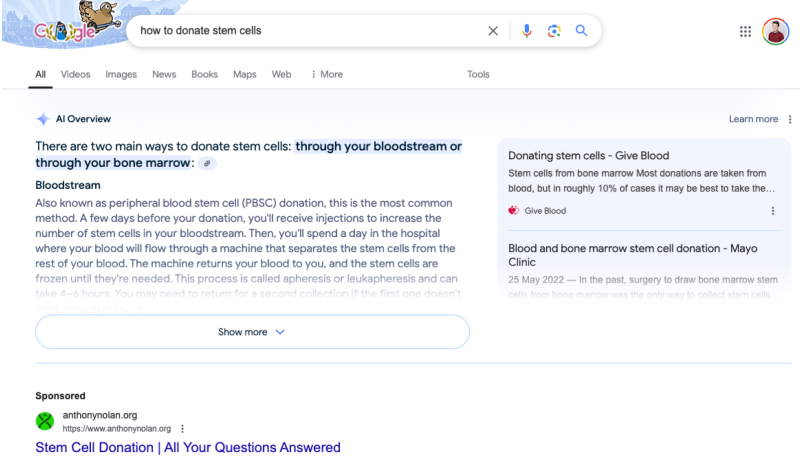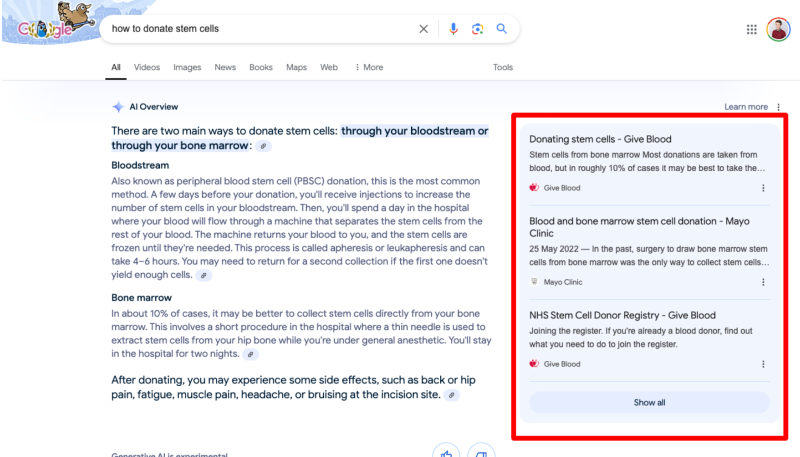What are Google’s AI search summaries, and how can you adapt your content strategy to appear in them?
Google’s AI overview feature is already here and is set to be used more frequently as it improves over time. With users increasingly having their queries answered by AI-generated summaries, rather than needing to click through to websites, how should website managers update their content strategy to seize the new opportunities this affords, while mitigating the potential downsides?
It's a quickly changing picture, but we’ve distilled the latest thinking to give you an overview of what these changes will mean and how you can benefit.
What are google’s ‘AI overviews’?

